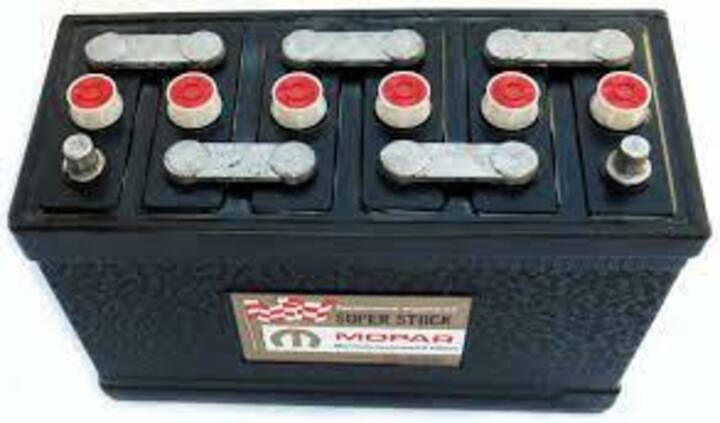Crazy Horse
Well-known Member
I was reading a 40 year-old magazine (Cars & Parts) and one fellow wrote a letter to the editor telling of how he had his electric system on his old truck set up. He installed a 12 volt marine battery that had a 6 volt tap on it somehow (no further explanation). He had the 12 volt side of the battery power hooked up to his generator (12V) and starter (he didn't mention the starter voltage). The rest of the vehicle (lights, gauges, wipers, etc) received 6 volts from the battery tap feed. I did some Googling just now and couldn't find anything on such a battery. Anybody here ever hear of that kind of battery or maybe even have seen one in use?




